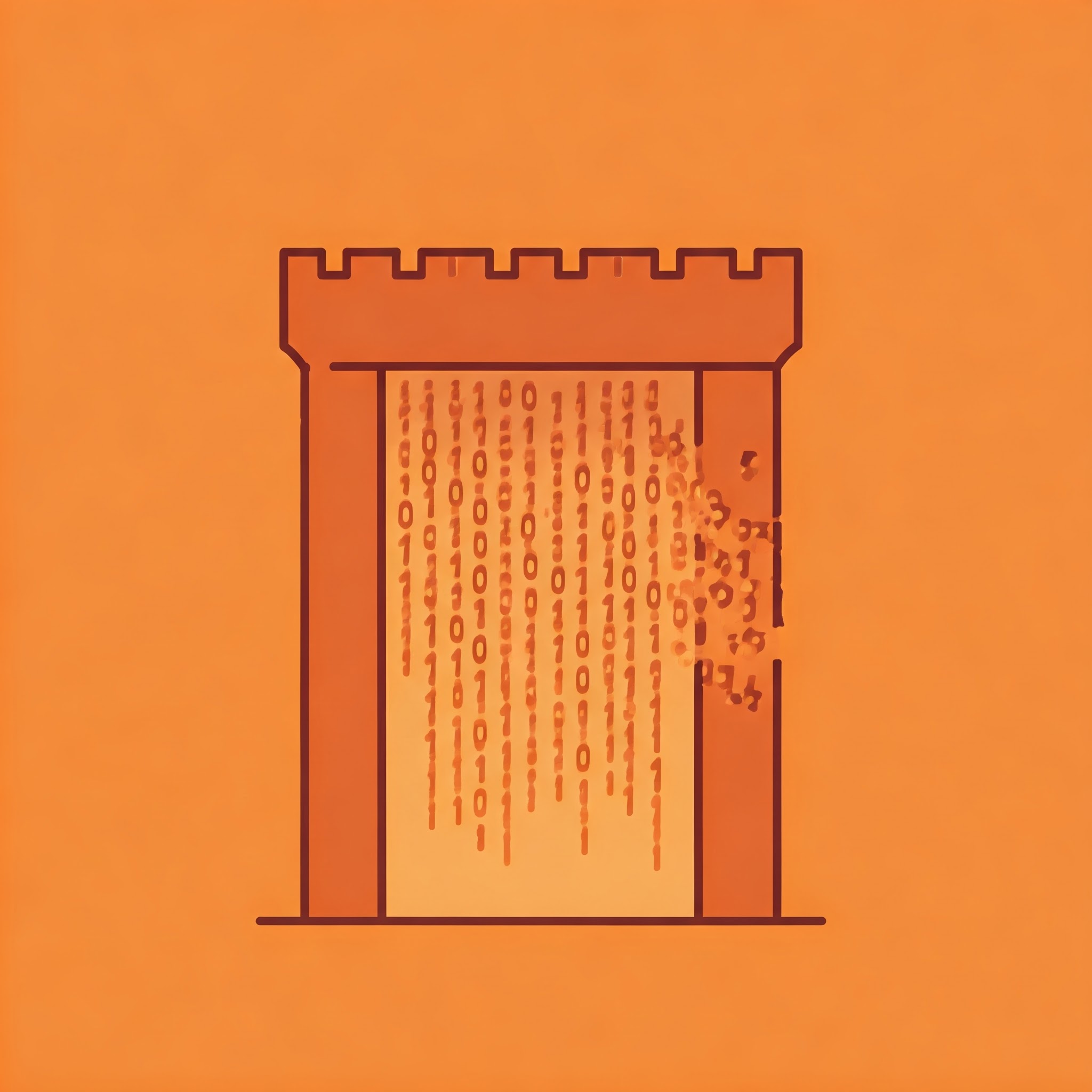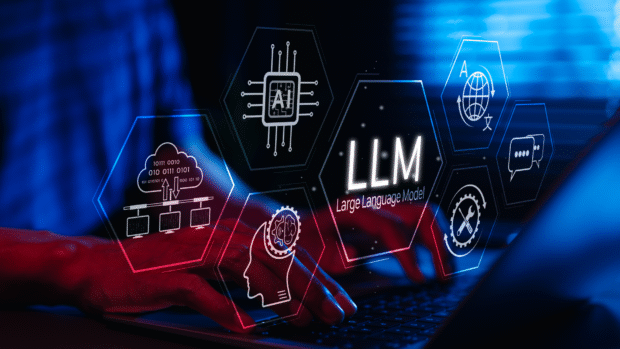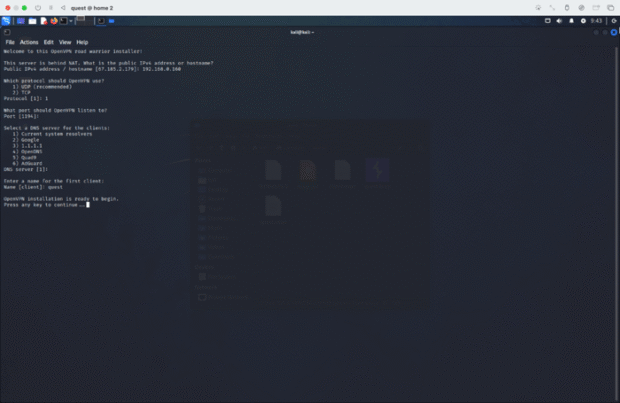
cybersecurity mind map is an excellent way to organize and visualize the key concepts and their connections. Below is a guide to help you build a comprehensive cybersecurity mind map:
Central Node: Cybersecurity
Place this in the center as your main topic.
1. Core Pillars of Cybersecurity
These are foundational concepts that form the basis of all cybersecurity practices.
- Confidentiality (Protecting data privacy)
- Integrity (Ensuring data accuracy and trustworthiness)
- Availability (Ensuring resources are accessible when needed)
Connect these to the core principles of the CIA triad.
2. Threats
Subtopics include the various types of threats in cybersecurity:
- Malware
- Viruses
- Worms
- Trojans
- Ransomware
- Spyware
- Phishing & Social Engineering
- Email phishing
- Spear phishing
- Vishing (voice phishing)
- Baiting
- Network Attacks
- Denial of Service (DoS)
- Distributed DoS (DDoS)
- Man-in-the-Middle (MitM)
- Insider Threats
- Malicious insiders
- Negligent employees
- Advanced Persistent Threats (APTs)
- Zero-Day Exploits
3. Defensive Measures
Include techniques and tools used to defend against threats:
- Network Security
- Firewalls
- Intrusion Detection Systems (IDS)
- Intrusion Prevention Systems (IPS)
- VPNs (Virtual Private Networks)
- Endpoint Security
- Antivirus/Antimalware
- Endpoint Detection and Response (EDR)
- Access Control
- Multi-Factor Authentication (MFA)
- Role-Based Access Control (RBAC)
- Data Security
- Encryption (Symmetric/Asymmetric)
- Data Loss Prevention (DLP)
- Incident Response
- Detection
- Containment
- Recovery
- Patch Management
- Software updates
- Vulnerability scanning
4. Security Domains
Focus on where cybersecurity applies:
- Network Security
- Cloud Security
- Data protection in cloud environments
- Identity and Access Management (IAM)
- Application Security
- Secure coding practices
- Penetration testing
- Endpoint Security
- IoT Security
- Securing smart devices
- Device vulnerabilities
- Physical Security
- Securing servers and infrastructure
5. Key Tools and Technologies
- SIEM (Security Information and Event Management)
- Tools like Splunk, IBM QRadar
- Antivirus/Antimalware
- Norton, Kaspersky, Windows Defender
- Penetration Testing Tools
- Kali Linux, Metasploit, Burp Suite
- Forensics Tools
- EnCase, FTK, Autopsy
- Encryption Tools
- PGP, VeraCrypt
- Monitoring Tools
- Wireshark (Network analysis)
6. Frameworks and Standards
Include frameworks for managing cybersecurity:
- NIST Cybersecurity Framework
- Identify, Protect, Detect, Respond, Recover
- ISO/IEC 27001 (Information security standards)
- CIS Controls (Top security controls)
- GDPR (Data protection regulations)
- PCI-DSS (Payment card security)
7. Attack Lifecycle
Include the stages of an attack for better understanding:
- Reconnaissance (Information gathering)
- Weaponization (Preparing the attack)
- Delivery (Deploying the threat)
- Exploitation (Gaining access)
- Installation (Establishing foothold)
- Command & Control (Maintaining control)
- Actions on Objectives (Exfiltration, destruction, etc.)
8. Emerging Trends and Challenges
Include modern challenges and trends in cybersecurity:
- Artificial Intelligence and Machine Learning (AI/ML for threat detection)
- Zero Trust Architecture (Never trust, always verify)
- Cybersecurity in IoT
- 5G Network Security
- Cybersecurity Workforce Shortage
- Quantum Computing Risks
- Blockchain and Security
9. Cybersecurity Careers
Visualize career paths and certifications:
- Career Roles
- Security Analyst
- Penetration Tester
- Incident Responder
- SOC Analyst
- Ethical Hacker
- Certifications
- CompTIA Security+
- CEH (Certified Ethical Hacker)
- CISSP (Certified Information Systems Security Professional)
- CISM (Certified Information Security Manager)
10. Best Practices
Include actionable security tips:
- Use strong passwords and MFA
- Update software and systems regularly
- Avoid public Wi-Fi for sensitive activities
- Backup data frequently
- Be vigilant of phishing attacks
- Monitor network and system activities
Building the Mind Map
To visually organize this:
- Start with the central node: “Cybersecurity”.
- Branch out to main topics (Threats, Defensive Measures, Tools, Careers, etc.).
- For each main topic, create sub-branches with detailed concepts (e.g., under “Threats,” list malware, phishing, etc.).
- Use icons, colors, and arrows to show relationships (e.g., threats point to defensive measures).
- Highlight important areas with bold text or markers.
Tools like MindMeister, XMind, or even paper and colored pens can help you craft this visually appealing mind map.
Benefits of a Cybersecurity Mind Map
- Simplifies complex concepts.
- Enhances memory through visualization.
- Helps in quick revisions for exams or presentations.
Functional External Links:
#Cybersecurity #MindMapping #CyberThreats #DataSecurity #TechTools












Be the first to leave a comment